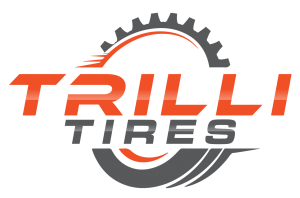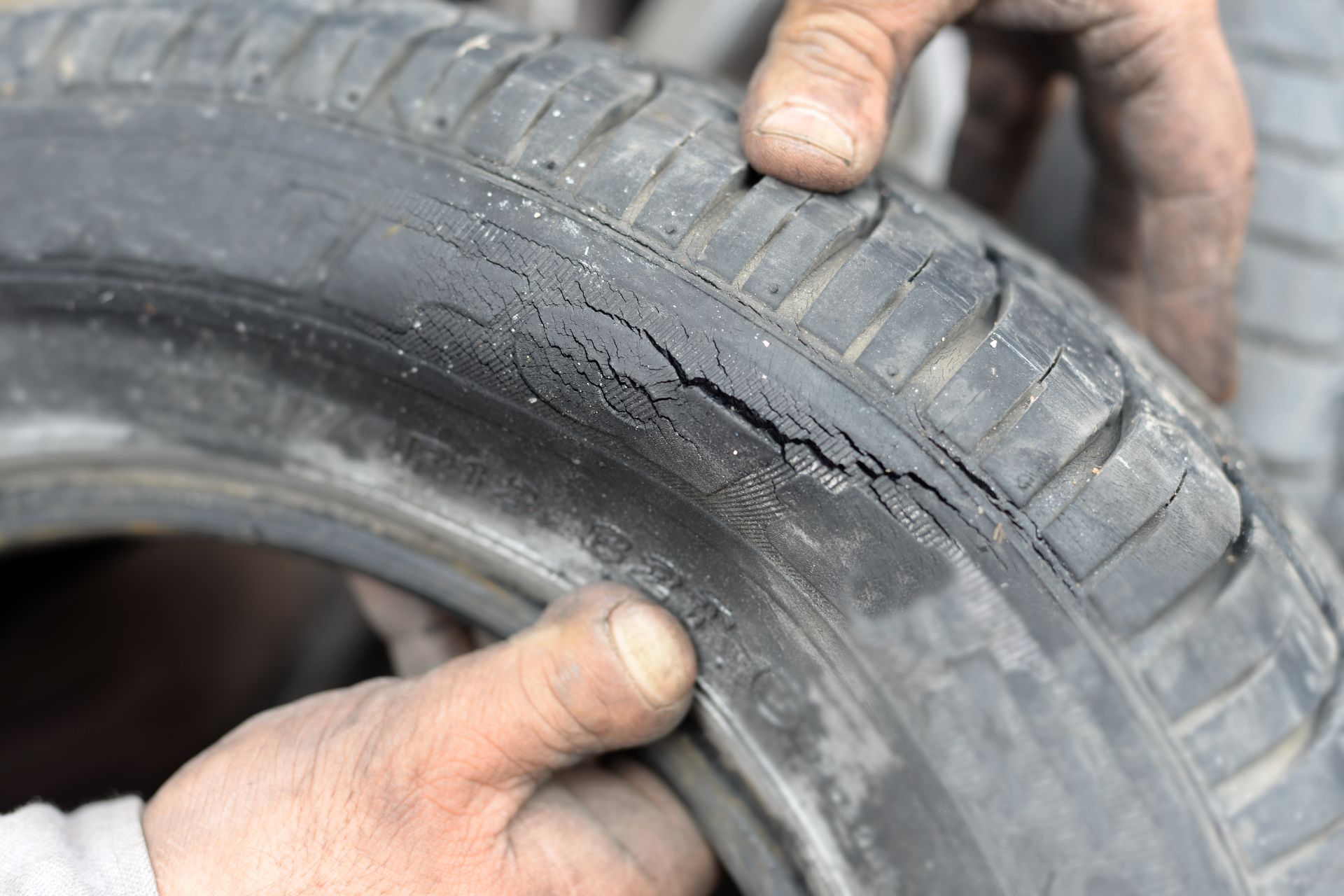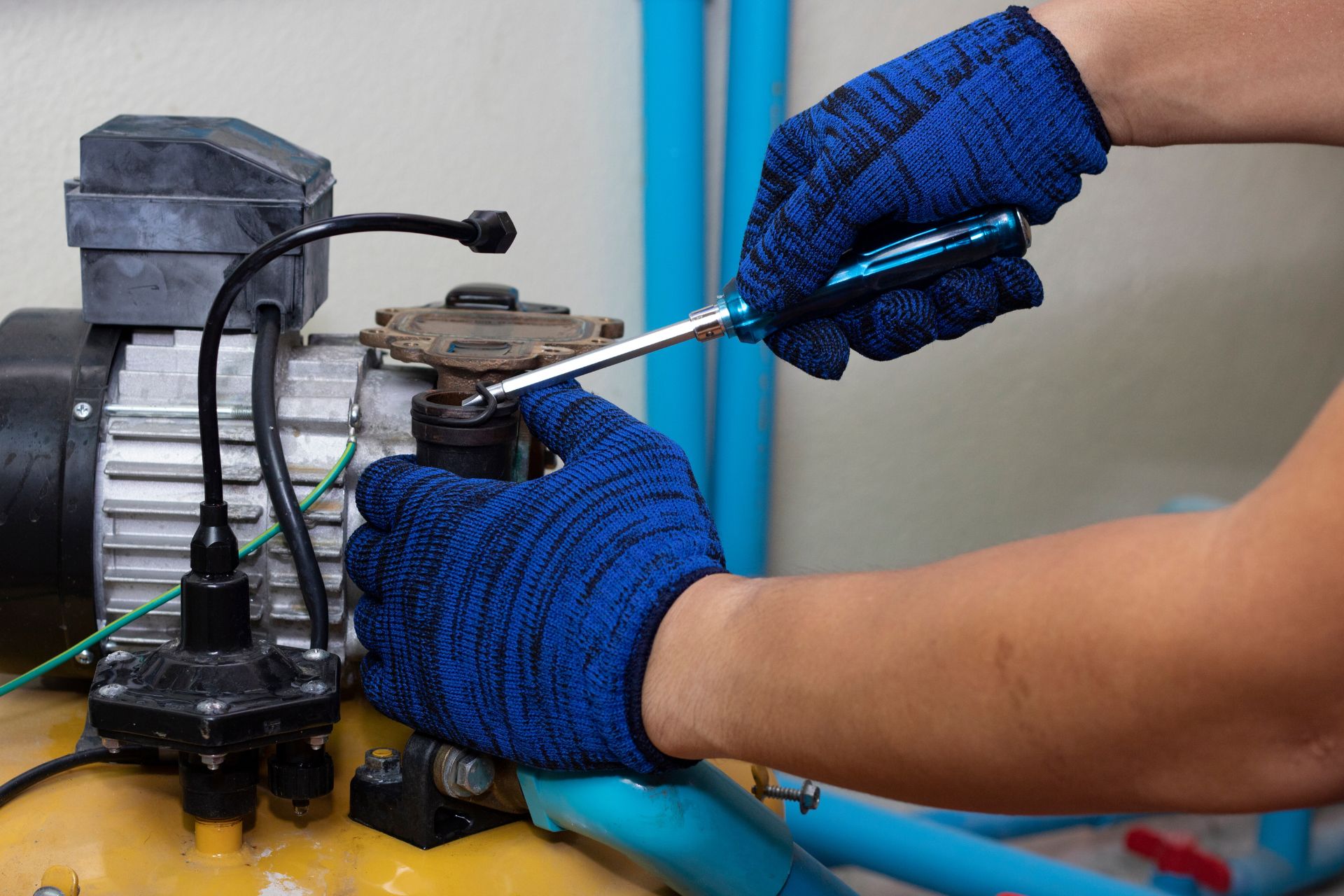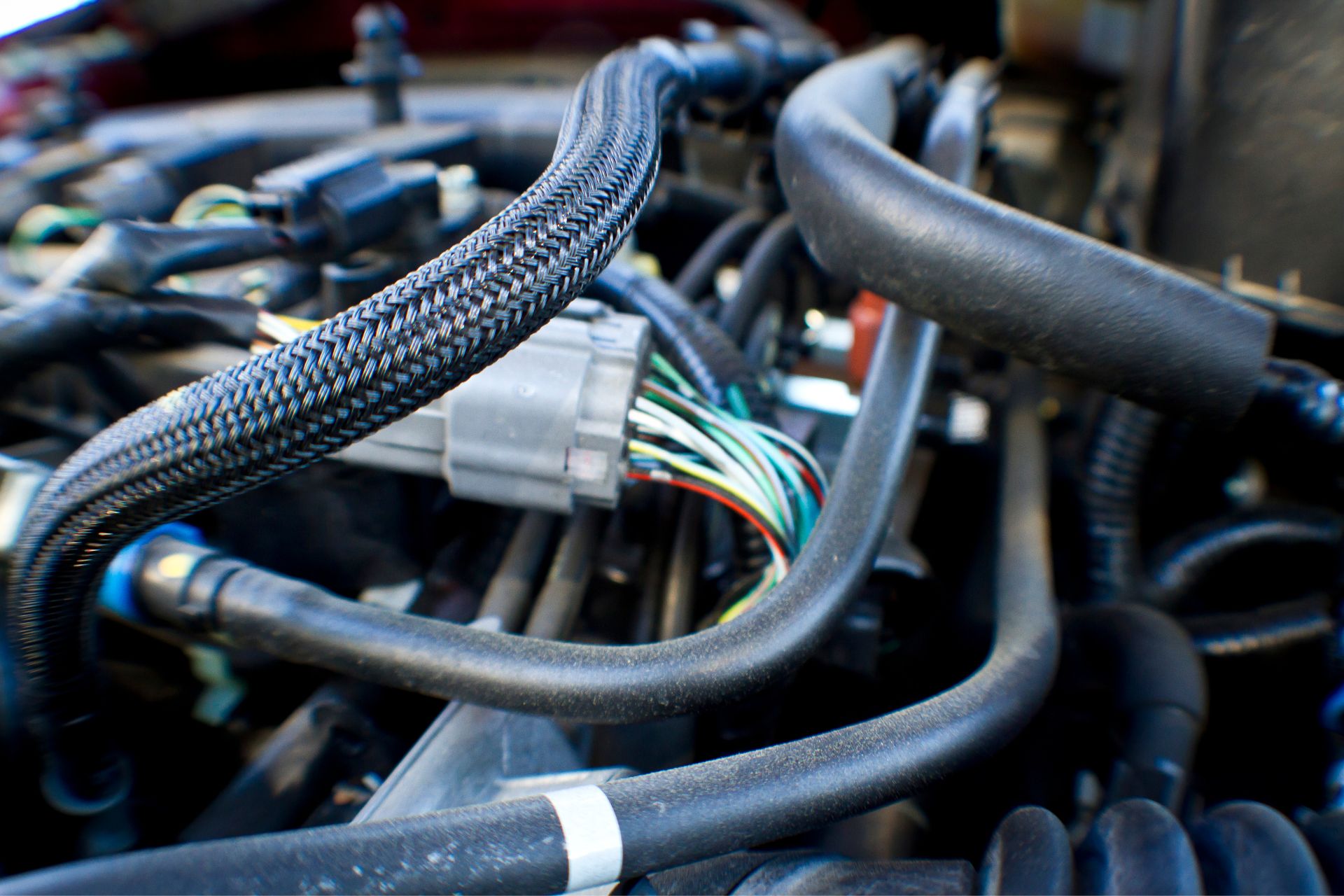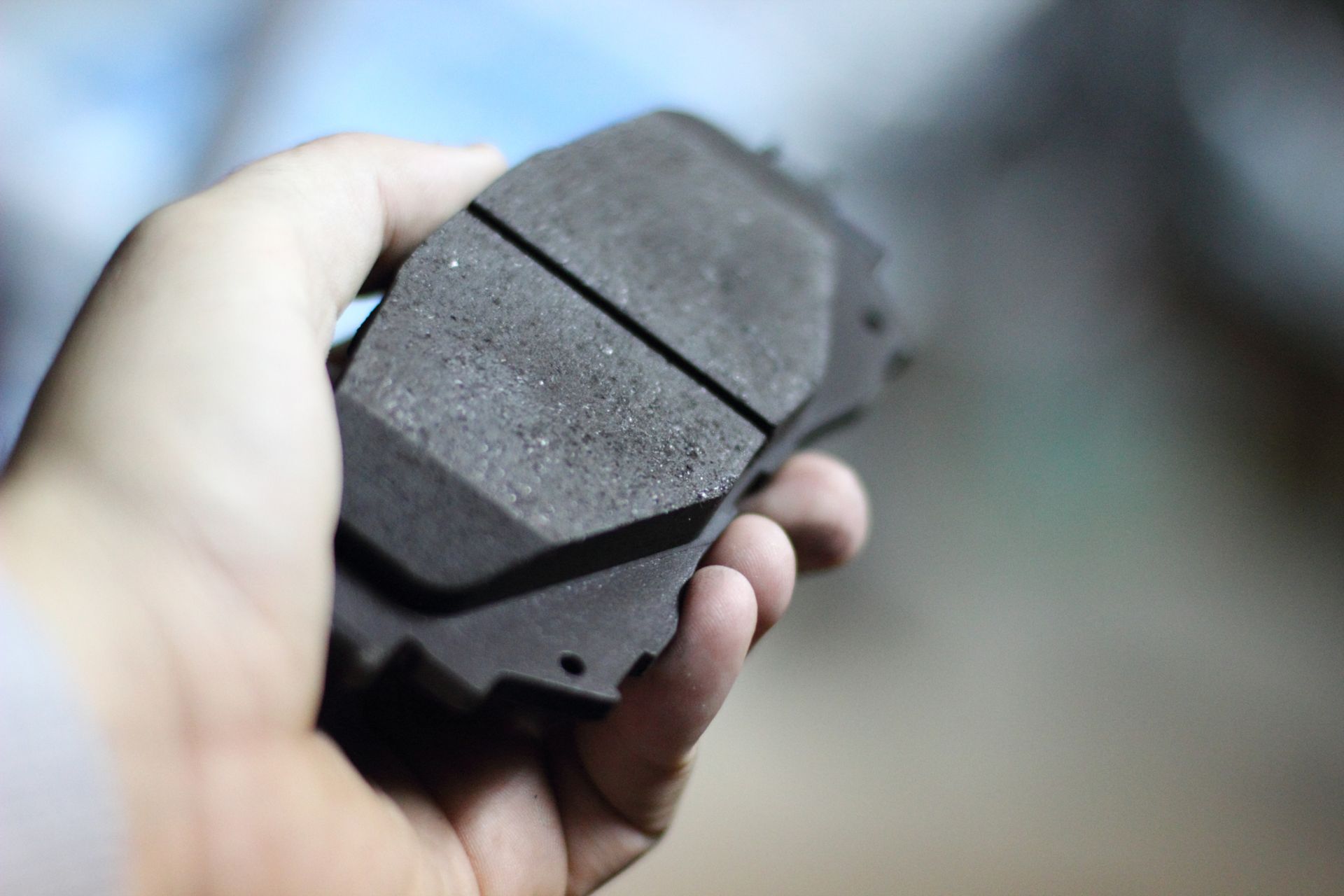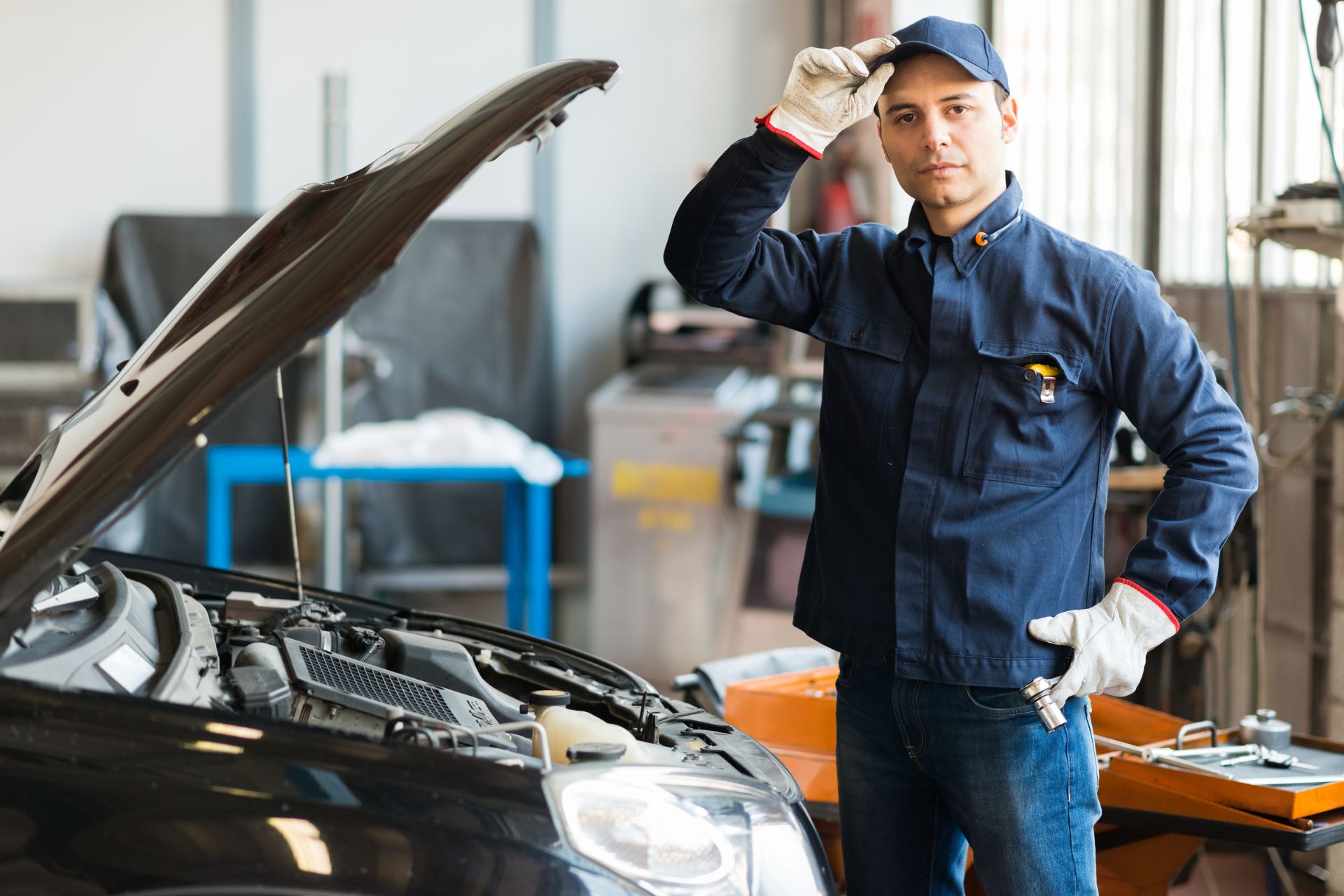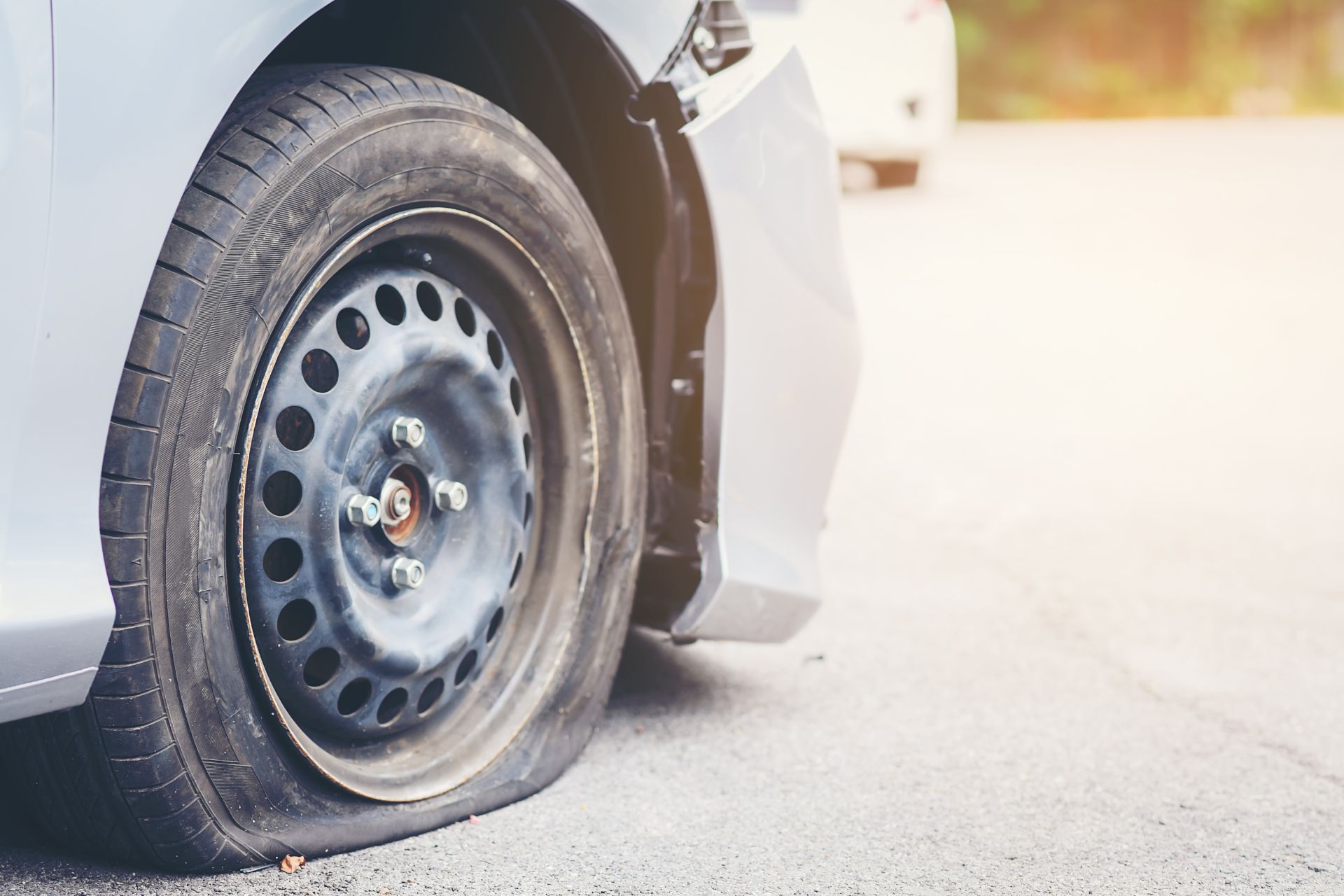Tires are one of the most overlooked yet essential components of a vehicle. They provide traction, stability, and safety, but like any other part of your car, they are subject to wear and damage over time. One of the most common and potentially dangerous forms of deterioration is dry rot. Unlike regular tread wear, which happens naturally with use, this condition can occur even if you do not drive your vehicle often. Understanding what causes it, how to recognize it early, and how to prevent it from happening will help you extend the life of your tires and avoid costly or dangerous situations on the road.
What is Tire Dry Rot and Why Does it Matter
Dry rot is a breakdown of the rubber compounds in your tires. Rubber contains oils and chemicals that keep it flexible, allowing it to grip the road and absorb shocks effectively. Over time, these compounds degrade due to exposure to environmental factors such as heat, cold, sunlight, and oxygen. When this happens, the rubber becomes brittle and cracks appear on the sidewalls and tread.
The reason this problem is so dangerous is that it compromises the structural integrity of your tires. Even if your tread still looks good, a tire weakened by rot cannot perform as intended. Cracks can deepen, sidewalls may separate, and the likelihood of a blowout increases dramatically. A blowout at highway speeds can cause a serious accident, which is why recognizing this issue early is crucial.
Common Causes and Warning Signs
There are several factors that make tires more susceptible to this type of damage. Age is one of the biggest contributors. Rubber does not last forever, and most experts recommend replacing tires every six to ten years, even if the tread depth appears fine. Environmental exposure is another leading cause. Parking your car in direct sunlight, leaving it in extreme heat or cold, or failing to protect it during long periods of storage all accelerate the breakdown of rubber.
Another common cause is improper maintenance. Tires that are consistently underinflated or overinflated are under extra stress, which makes cracking more likely. Road salts, dirt, and harsh cleaning chemicals can also eat away at the protective oils in rubber. Vehicles that sit unused for long stretches of time may also show signs of deterioration faster since the rubber is not being flexed and lubricated through regular use.
Recognizing the signs of dry rot can save you from unexpected tire failure. Small cracks along the sidewalls are usually the earliest and most noticeable indicator. As the problem worsens, cracks may appear on the tread surface as well. Tires that appear faded, dull, or gray rather than black are often suffering from chemical breakdown. You may also notice that the rubber feels unusually stiff or brittle to the touch. In some cases, you might experience frequent drops in tire pressure because cracks are allowing air to escape. Any of these signs should prompt immediate attention.
Preventing Tire Dry Rot
Although no tire lasts forever, there are effective ways to slow down the aging process and protect your investment. One of the best steps you can take is to store your vehicle properly. If you park outdoors, try to keep your car in a shaded spot or use tire covers to block harmful UV rays. For vehicles stored for long periods, especially during the winter, consider protective tire bags to reduce exposure to oxygen and moisture.
Regular maintenance is equally important. Check your tire pressure at least once a month and keep it at the manufacturer’s recommended level. Tires that are too soft or too firm will wear unevenly and become more vulnerable to cracking. Cleaning your tires regularly also makes a difference. Simple soap and water will remove dirt, salt, and debris that can accelerate damage. Avoid harsh chemicals or petroleum-based cleaners since these strip away the very oils that keep rubber flexible.
Driving your vehicle regularly is another surprisingly effective way to prevent deterioration. Movement helps distribute protective oils throughout the tire, keeping the rubber conditioned. For cars that are rarely driven, tires tend to dry out much faster. You can also use tire protectants designed specifically to fight UV damage and maintain elasticity. These should be applied sparingly and only with products meant for automotive use.
Finally, it is important to recognize when prevention is no longer enough. Tires that are more than six years old, regardless of mileage, should be inspected carefully by a professional. If there are visible cracks, significant fading, or chunks of rubber beginning to peel away, replacement is the safest option. Even if you think the tread looks fine, the internal structure of the tire may already be compromised.
Professional Inspections and the Cost of Neglect
Inspecting your tires on your own is a good habit, but professional evaluations are often more reliable. A trained technician knows how to spot early warning signs that may not be obvious to the untrained eye. Routine maintenance appointments are a small investment that can prevent major accidents or breakdowns. Mechanics can check for subtle sidewall damage, tread separation, or uneven wear that indicates deeper issues.
Ignoring the problem, on the other hand, can be costly in more ways than one. The most immediate danger is the risk of a blowout, which not only damages your vehicle but could also put your life at risk. Tires with cracks are also less effective at maintaining traction, which becomes especially dangerous in wet or icy conditions. Worn or brittle rubber can reduce your ability to stop quickly, leading to an increased risk of accidents. Beyond safety, damaged tires put stress on suspension and alignment, which may lead to expensive repairs over time.
Replacing tires may feel like a financial burden, but it is far less expensive than dealing with an accident or repairing damage caused by a blowout. Choosing quality replacements that are designed for durability and resistance to environmental stress will give you better performance and peace of mind.
Final Words
Dry rot is a serious but preventable issue that affects thousands of tires every year. It weakens the rubber, reduces performance, and increases the risk of dangerous tire failure. By understanding the causes, recognizing the signs early, and committing to simple maintenance routines, you can extend the lifespan of your tires and keep your vehicle safe on the road. Proper storage, regular cleaning, correct inflation, and timely replacement are the keys to avoiding unnecessary hazards.
If you are unsure about the condition of your tires or want a professional opinion, expert help is always available. TrilliTires proudly serves Richmond Hill and the rest of the GTA with inspections, maintenance, and tire replacement services designed to keep you driving safely. Book your appointment today!
